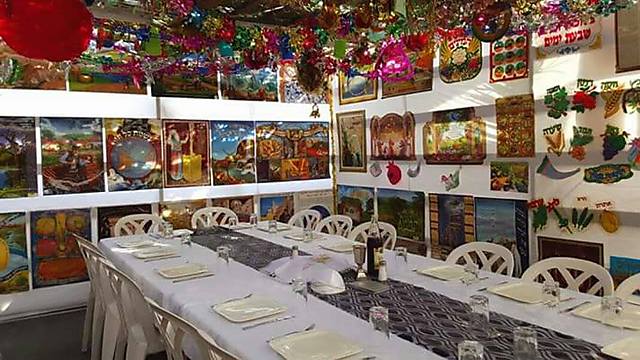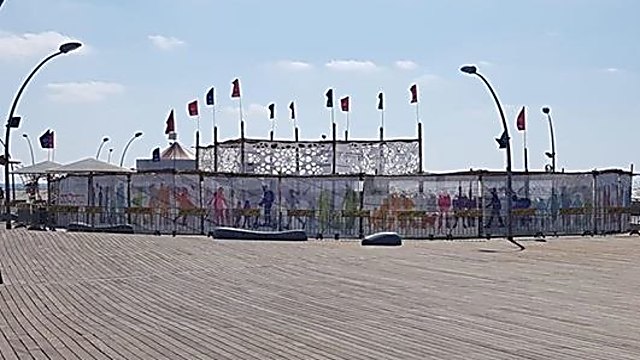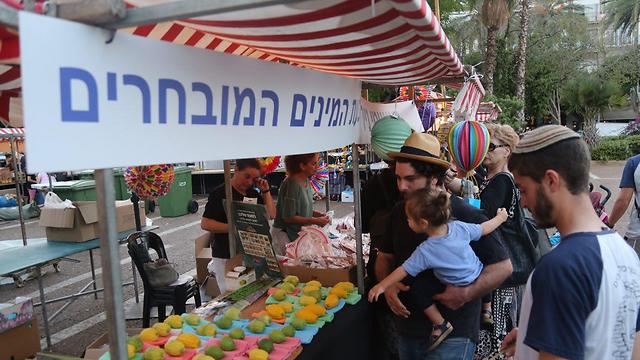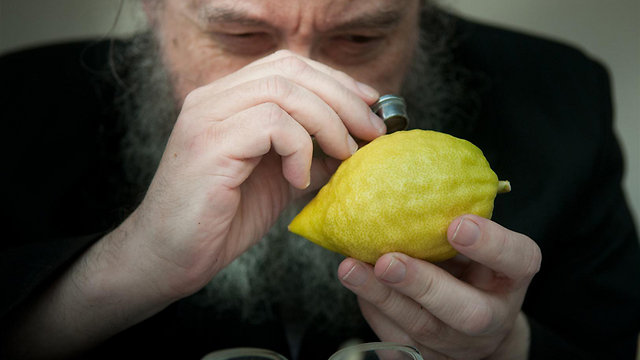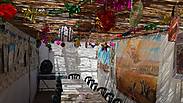Israeli Jews began preparations on Thursday for the festival of Sukkot by putting up temporary huts covered by leafy branches a day after the end of the holy Yom Kippur fast day.
Sukkot is the third part in the autumn holiday period that began earlier this month with the Jewish new year, Rosh Hashanah, followed by Yom Kippur last Wednesday.
Throughout Israel, Jews from all walks of life, but predominantly from the devout population, began building a sukkah on apartment balconies, in gardens or in streets and parking lots next to their homes, to celebrate the seven-day festival that begins at dusk on Sunday.
During the time of Jerusalem's ancient Jewish temples, Sukkot was one of three annual pilgrimage festivals, with the others being Passover and Shavuot.
Jews believe that the sukkah symbolizes the temporary dwellings used by the Israelites who were led by Moses on their 40-year exodus through the desert from ancient Egypt to the Land of Israel.
Sukkot celebrants eat in their tabernacle and some even sleep in it. Children decorate it with tinsel streamers and drawings and hang fruit from the branch coverings.
Many restaurants and hotels also put up Sukkot for devout visitors who want to be able to celebrate the tradition.
Part of the festival ritual includes a daily blessing by men of the "four species": an aromatic "etrog" or citron lemon, a date-palm frond (lulav), sprigs of myrtle (hadasim) and willow branches (aravot).
In preparation for the holiday, vendors set up market stalls in Jerusalem's ultra-Orthodox Mea-Shearim neighborhood where "four species" were on sale on the days leading up to the holiday.
Men took many minutes to scrutinize etrogs and palm fronds with magnifying glasses to ensure they buy the very best, blemish-free produce. High-quality items can fetch higher prices, one vendor said.
"We try to give our clients the most amazing quality 'four species'," said Peretz Scheinerman.
A large, blemish-free etrog, the most valuable of the "four species", can sell for as much as 300 shekels ($84).















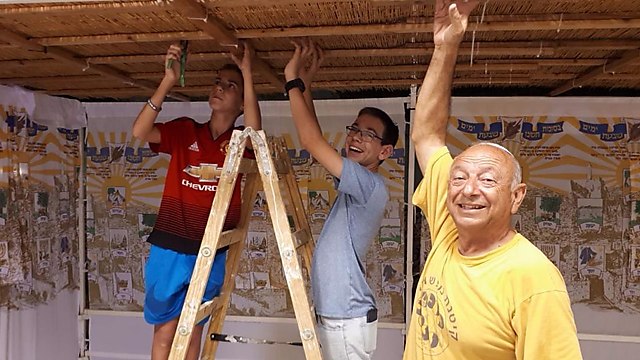
.jpg)
